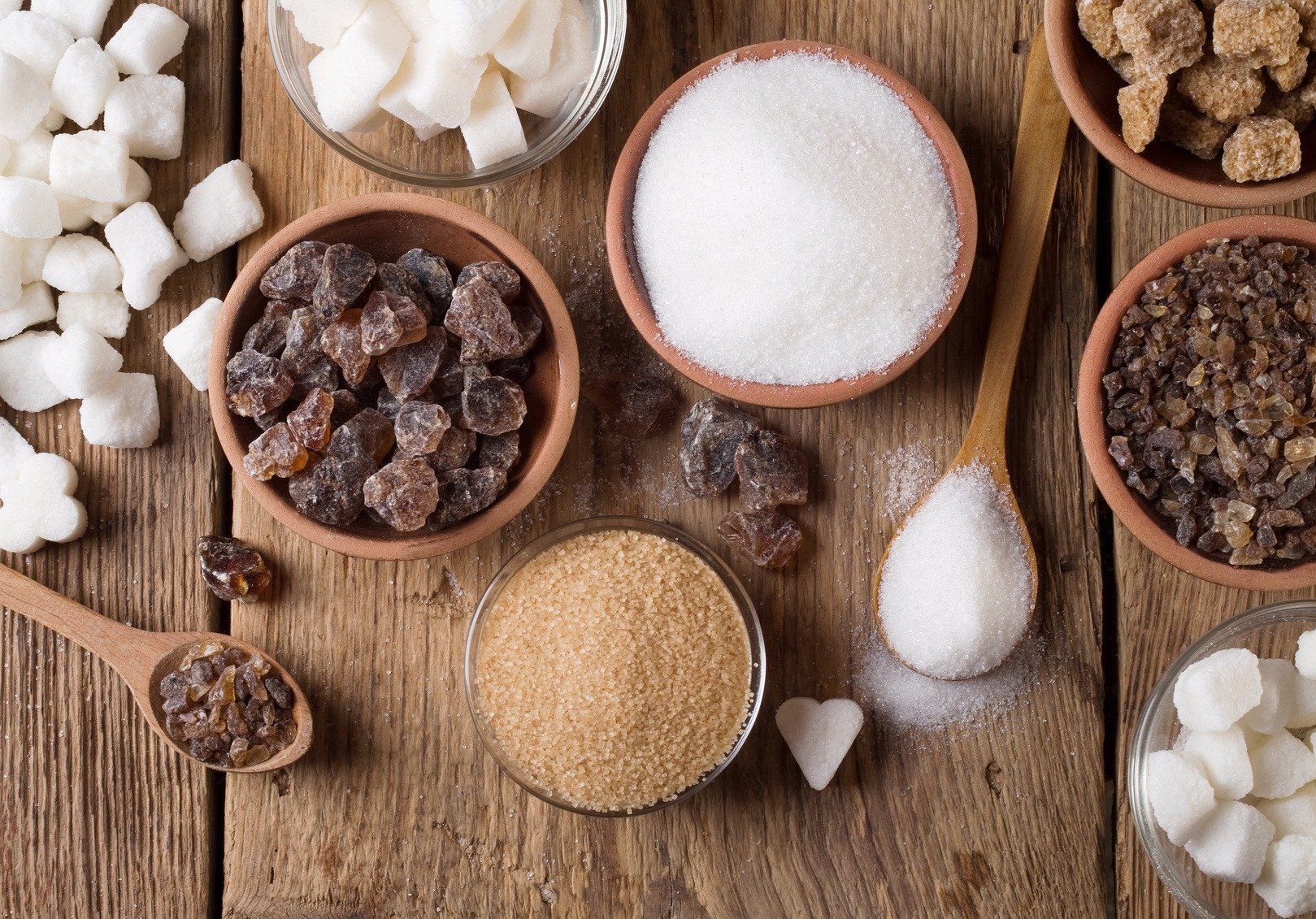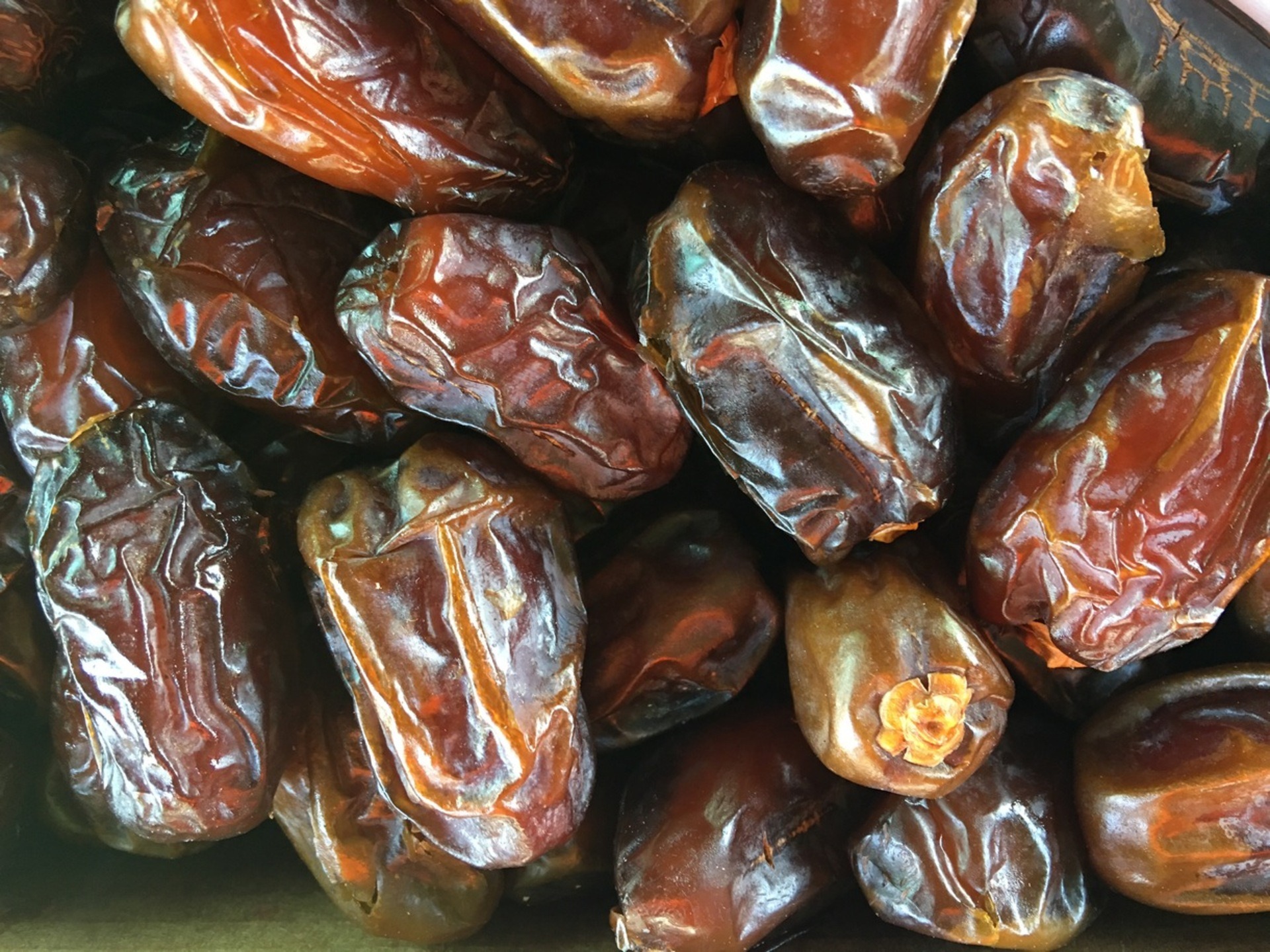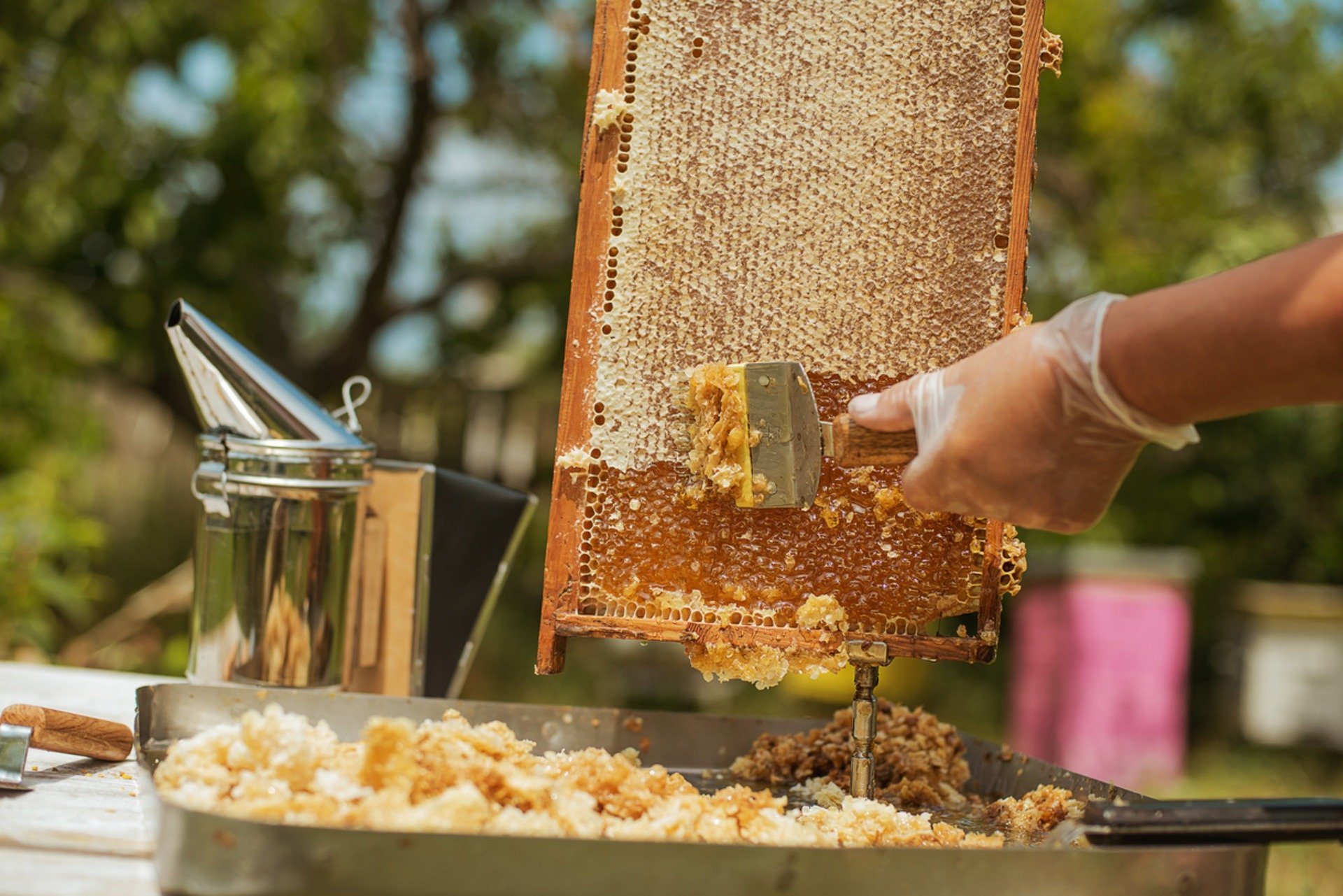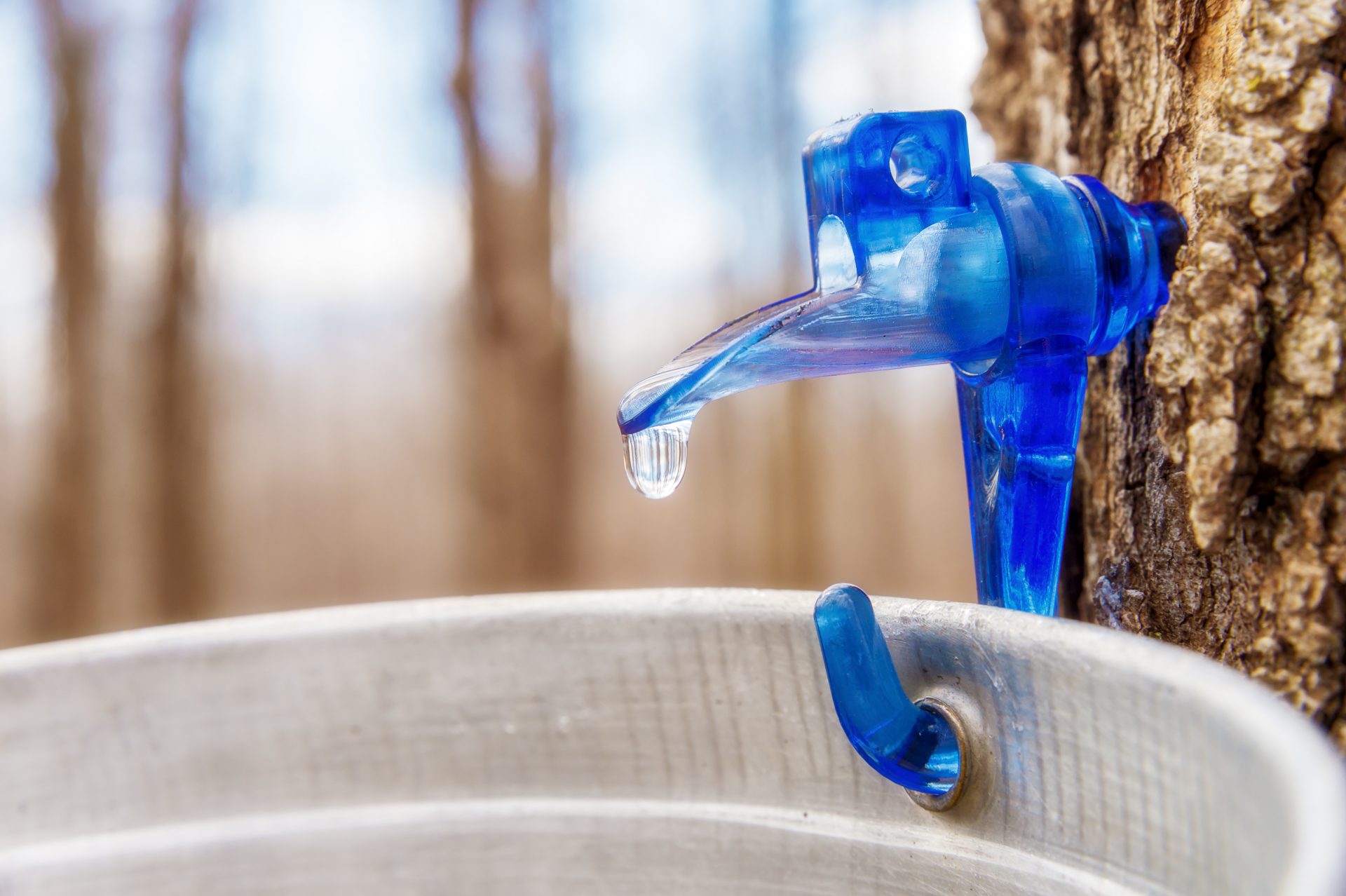How Sustainable Are Sugar Substitutes?
Sugar is a wonderful staple of our celebrations and in daily life, an important ingredient in summer’s ice pops, winter holiday cookies and many morning cups of coffee or tea, no matter the season. But as more and more information comes out about the negative health and environmental impacts of cane sugar and high fructose corn syrup, cooks and consumers are increasingly interested in using sugar substitutes in their recipes. As companies noticed this consumer demand, a wide variety of sweeteners have entered the market. But how sustainable are these sugar substitutes? And are some better for the environment than others?
According to the Food and Agriculture Organization of the UN (FAO), it’s nearly impossible to define “the most sustainable sweetener” since conditions vary immensely around the world in terms of soils, plants, farming methods and weather, which makes comparing even the same type of sweetener difficult. However, it is possible to understand the general environmental impacts of making various sugar substitutes and to look at the impacts of different production methods. We’ve pulled together a list of common sugar substitutes and included information about how these ingredients are typically produced, the environmental impacts of that production and the greenest options for each type of product. Armed with this information, you’ll be better equipped to select the best option for you.
Agave Syrup
Agave nectar, often labeled agave syrup or simply agave, is a sugar substitute produced from the refined, filtered sap of the agave plant, a succulent native to Mexico that is also used to make tequila. It has become a very trendy sugar substitute, especially amongst paleo and vegan dieters, in part because of its relatively low glycemic index. However, health advocates are quick to point out that agave nectar processing is similar to that of high fructose corn syrup, creating a product that is almost entirely fructose with minimal nutritional value.
Agave plants bloom only once before dying, and in the past farmers let agave plants mature to this point because this is also when they yield the most nectar. Unfortunately, rising demand for tequila and agave nectar have put those farmers under enormous pressure to supply enough agave. To shorten growing cycles, farmers are killing plants before they bloom, cutting off an important nectar source for bats. The fact that these agaves are no longer flowering and producing seeds means that farmers are increasingly reliant on clones — genetically identical offshoots — to plant the next crop. This lack of biodiversity means the plants are at much greater risk from disease, and also risks the survival of culturally significant, unique agave varieties.
Agave plantations are not always well managed, and the immense demand means that farmers face plant thieves and other risks. This has caused several crises in the industry, like skyrocketing prices and shortages, which has forced small producers out of business. While production of some agave products like mezcal is still mostly done in the traditional way by small-scale producers, blue agave grown in Mexico is increasingly produced on large plantations in monocrops requiring the use of chemical fertilizers, herbicides and pesticides. The most sustainable options on the market for agave are certified organic and free trade products, because these certifications ensure the products were made using no pesticides and following certain labor standards.
Date Sugar
Date sugar, a granulated form of dehydrated dates, is a good natural sweetener if you are looking for something that has gone through minimal processing. It is not technically a sugar replacement (it’s just chopped up dried fruit) and it won’t melt when cooked, but date sugar does have a natural, caramel-like flavor and, when it comes to nutritional value, a decent amount of potassium and fiber. It is also lower on the glycemic index than traditional sugars, making it a better option for those watching their blood sugar levels. Date syrup, a liquified version of whole dates, is also available.
Egypt and Saudi Arabia lead in global date production, although the US also produces dates, with California growing 90 percent of the nation’s total. Although date palms can withstand long periods of drought under high temperatures, for commercial production they require regular watering for vigorous growth, high yield and high-quality fruit. Flood irrigation is still used in many areas, especially on older plantations. Even in areas where growers are using more desert-friendly drip irrigation, however, dates still require a lot of water. A high concentration of orchards can stress local groundwater supplies, especially in areas where groundwater is already in high demand like California’s Coachella Valley. Despite high water use, many producers use sustainable agriculture practices like natural fertilizers, cover crops and intercropping — even in industrialized production, as rising temperature and other climate issues force producers to utilize adaptive techniques.
In addition, date palm groves provide an important environment for local wildlife and play a central role in the desert ecological system. Date palms have also been effective for the control of desertification in the Arabian Peninsula, especially in the United Arab Emirates, and can help sequester carbon.
Although the Middle East and Africa outpace the US when it comes to date production, US companies like Bob’s Red Mill Natural Foods and Date Lady have partnered with local farms to produce date sugar, and are some of the leading producers in the global market. Look for these brands, or other organic options, to ensure that no harmful pesticides or other chemicals were used during production. Or you could always buy some whole organic dates and make your own.
Honey
One of the most obvious sugar substitutes, honey is a readily available, natural sweetener many people are already familiar with. Honeybees make honey from flower nectar, which is later extracted from their hives by beekeepers. Some honey operations are large and commercial while others are small, family-run operations. Like other factory-farmed animals, honeybees farmed at the commercial level (300-plus hives) can suffer from crowded and stressful living conditions, including being treated with antibiotics and being transported long distances to various farms to help with pollination. Since late 2006, millions of honeybees have succumbed to “colony collapse disorder,” a disease that killed 40 percent of all beehives in the US in 2015. Although scientists have yet to find a cause, key possibilities include bee stress, pesticides, bacterial diseases and viruses, inadequate forage and poor nutrition, according to the US Department of Agriculture.
Despite many articles claiming that most honey at grocery stores is fake, in reality, it’s mostly honey that’s been ultra-filtered, a method perfected in China where honey is made containing unapproved antibiotics. Finding “organic” honey is difficult because it’s difficult to produce: the beekeeper has to prove that the bees have only foraged in areas that are exclusively organic. The easiest way to purchase sustainable honey is to buy it from local, small-scale producers at your local farmers’ market who use natural beekeeping methods that minimize chemical inputs and allow bees to engage in natural behaviors like swarming and overwintering.
Maple Syrup
Made from the boiled-down sap of maple trees, pure maple syrup is, in most cases, a great example of sustainable food. Properly tapped and well-tended trees can yield sap for more than 100 years, and many families have been producing maple syrup, a process known as sugaring, from the same group of trees, or sugar bush, for generations. Processing of the sap is generally done close to the source to reduce transport cost and energy. Even dead and diseased trees are used, either as lumber, or if it’s syrup season, to fuel the evaporator. And for small landowners in particular, sugaring provides an ecologically-responsible way to supplement ever-dwindling farm incomes and incentives to maintain forest on their land. The industry also protects healthy forests, which in turn provides carbon and other ecological benefits.
Pure maple syrup is a natural product; the trees don’t need to be treated with pesticides to produce it and you shouldn’t find it produced with additives, stabilizers or artificial flavors (although check labels to be sure). There is a USDA organic label for maple syrup, which ensures producers have maintained these natural methods. If you live in a region where maple syrup is produced, head to your local farmers’ market to seek out producers that practice sustainable harvesting. Otherwise, look for the organic label to ensure that your syrup is produced using sustainable methods and is free of artificial ingredients, dyes, pesticides and chemicals.
Palm Sugar
Palm sugar is made from the sap of various varieties of palm trees, including date, coconut and sugar palms. The sap is collected, boiled down and sold either as a syrup, a hardened disk or as granulated sugar. Unlike palm oil’s environmentally damaging production methods, palm sugar is a greener palm product produced using sustainable methods and minimal processing. Palm trees are maintained to produce the sap, rather than being cut down; depending on the variety, palm trees will produce sap anywhere from 10 to 100 years. Since palm sugar is mostly produced in Southeast Asia, you won’t find local varieties, but there are palm sugar brands that have USDA organic certification, as well as the non-GMO and fair trade labels. The most popular options in the US are coconut palm sugar (also called coconut sugar) and date palm sugar (whose production differs from date sugar).
Stevia
Stevia is a zero-calorie sugar substitute made from the stevia plant, which is native to South America. Today, China is the leader in stevia production, and it’s cultivated there, as well as Paraguay, Kenya and the US, among other places. The sweetener is made by steeping the leaves in water, filtering and purifying the liquid, then drying the product into a powder. According to industry-funded reports, stevia has a smaller carbon and water footprint than both beet sugar and cane sugar, however, an unbiased, life cycle assessment done by non-industry funded researchers would provide much-needed credibility to these findings. Most stevia is grown for large agribusiness corporations and sweetener companies through grower cooperatives in South America and China. In Peru, some of this growth is done on deforested rainforest land, creating issues with soil erosion, waste generation and water pollution. Peruvian farmers are pushing for more sustainable methods to be used in the country, however, and were the first to acquire the Rainforest Alliance label for one of their brands.
Unfortunately, despite this sugar substitute being produced in many areas that have labor issues, there don’t seem to be any fair-trade stevia sweeteners on the market. If you’re concerned with sustainability, look for certified organic and Rainforest Alliance certified stevia.
Top photo by sunnysky69 / Adobe Stock.
Get the latest food news, from FoodPrint.
By subscribing to communications from FoodPrint, you are agreeing to receive emails from us. We promise not to email you too often or sell your information.
More Reading
The ins and outs of vegan hot dogs
April 16, 2024
7 books about onions, garlic and the wide world of alliums
March 13, 2024
Eat seasonally this winter with persimmons
January 18, 2024
Commit to sustainable habits with our Reduce Your Foodprint Challenge
December 18, 2023
9 homemade preserves to gift (or keep) this holiday season
December 12, 2023
Get creative with these food preservation methods
December 1, 2023
Meatless Monday: The first 20 years
November 1, 2023
Why 2023 is the International Year of Millets
October 5, 2023
Eat more grains — and keep it local
September 29, 2023
When it comes to sustainable spices, 'single-origin' isn’t everything
September 8, 2023




